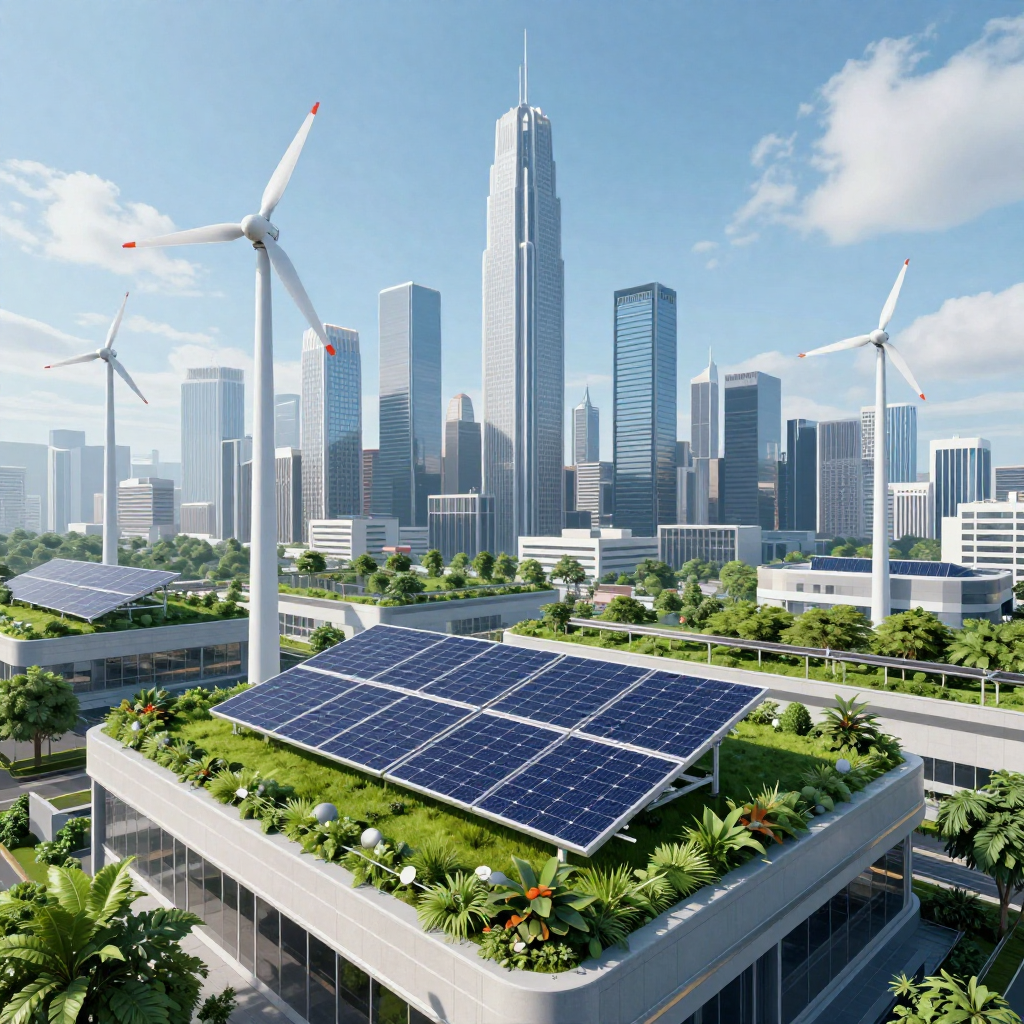ArcelorMittal's shares rose by 2.5percent on Friday, the day the Supreme Court cleared its acquisition of Essar Steel. That reaction may seem optimistic since its acquisition coincides with a rather difficult period for the global steel industry. Demand conditions have turned weak and so have steel prices even as the uncertainty due to the US-China trade war continues to linger.
ArcelorMittal's bid for Essar Steel was valued over two years ago, when market conditions were far more favorable. But its investors have good reason to be optimistic.
Gaining a foothold in India's attractive steel market India is one of the fastest-growing large markets for steel in the world. Sure, demand growth has slowed down in 2019 due to a poor outlook for sectors such as automobiles and real estate. But it's still robust at a projected 5percent in 2019 compared to 0.2percent for the world ex-China and 3.9percent if you include China. The European Union, where ArcelorMittal is headquartered is expected to see a 1.2percent decline.
There is also the matter of global steel and mining companies finding it nearly impossible to secure a foothold in primary steel-making in India. They have had to be content with steel processing and marketing centers. That makes this acquisition significant, as the largest steel-maker in the world, with an output of 96.4mn tonnes in 2018, just a tad short of all of India's 96.7mn tonnes, has added about 7mn tonnes of steel output in India to its kitty.
The acquisition structure
ArcelorMittal and Nippon Steel will execute this acquisition through a joint venture to be formed with a debt-equity ratio of 2:1. While their respective equity share has not been disclosed, ArcelorMittal had said it expects the JV to be accounted for in the equity method. That is, it will be accounted for as an investment, and not a line-by-line addition on consolidation in which all costs and expenses, and all balance sheet items are included. Typically, in the equity method, the share of profit or loss attributable to ArcelorMittal will be included in its profit and loss account, and the value of the investment will reflect in its balance sheet. It could, therefore, be an equal JV with the sharing of management control.
The ArcelorMittal JV will pay Rs42000crore as part of the resolution plan for Essar Steel. ArcelorMittal on its own has paid Rs 7469crore to the debtors of Uttam Galva and KSS Petron to become eligible as per the IBC law. The JV will also invest an additional Rs8000crore in Essar Steel, to meet its CAPEX and working capital requirements.
In return, the ArcelorMittal JV will get a flat steel plant located on India's western coast, with a rated steel-making capacity of 10million tonnes. The location means it can access raw materials and export goods easily. It is also in the proximity of steel markets in adjoining states.
Making the acquisition work
A problem that ArcelorMittal will seek to fix is Essar Steel's under-utilized capacity levels. Against its rated capacity, it produced only 6.5mn tonnes of steel when the bids were invited but that has increased to nearly 7mn tonnes now. The ArcelorMittal JV will seek to increase this output to 8.5mn tonnes in the medium term, for which the Rs8000crore investment will be useful. In the longer run, it proposes to increase output to 12-15mn tonnes. The success of this plan will be crucial to give the ArcelorMittal JV good returns on its investment. What is crucial is its success in removing the bottlenecks that are standing in the way of Essar Steel attaining higher utilization levels.
But that's not all. Higher output from Essar Steel may lead to an oversupplied domestic market and that could affect prices. Domestic steel producers enjoy a premium over imported steel prices. Market conditions are soft, especially for hot-rolled coils because of the declining output of automobiles and slowing of consumer durable offtake. Higher output during this period could put a further strain on prices unless production is exported. But exports don't fetch the same margins that domestic sales do. If steel prices fall, then margins will take a hit and that's a risk for the entire industry.
Further, there are several infrastructure and utilities linked to the steel plant and that is under control of the Essar group. One such case is that of a company that owns the slurry pipeline, Odisha Slurry Pipeline Infrastructure, which has defaulted on its loans. There are others such as power supply contracts and cargo services contracts at ports.
Now, ArcelorMittal could try and acquire some assets or make arrangements with these companies to continue the existing services at existing pricing. Any disruption on this front is a risk for the acquired steel plant. The next few quarters and years should bring more clarity on this aspect.
One good development for ArcelorMittal is that the Supreme Court struck down the NCLAT judgment pertaining to the distribution of profits earned during insolvency too. The Supreme Court said the request for proposal provided for profits to remain with the debtor, and therefore the estimated Rs4000crore in Ebitda generated till March 2019 and subsequent profits will remain with Essar Steel.
Returns on the acquisition and bearing the debt load.
The strategic importance of this acquisition for ArcelorMittal is linked to India's growing steel consumption demand. In FY20, the pace of growth has slowed down in line with the economy and that is a concern. The steel industry's growth is linked to both consumption and investment demand growing at a steady pace and while India has promise, the delivery on this front has been a bit patchy.
The investments made by companies such as ArcelorMittal are a sign they expect the long term potential to be realized. But the price is stiff, considering the total sum spent on this investment is close to Rs58000crore for a steel plant with a capacity of 7million tonnes. If we take this as enterprise value and the Ebitda it is estimated to have earned during FY19, it works out to an EV/Ebitda of 14.5 times, while ArcelorMittal trades at an EV/Ebitda of 5.2times (source: Yahoo Finance).
To make this acquisition work, ArcelorMittal will be hoping to ramp up capacity to the 12-15mn tonne level, with minimal additional investments, which is when the acquisition will begin to make sense as the Ebitda generated will increase significantly. Meanwhile, the acquisition could weigh on its balance sheet, depending on the structuring of the joint venture. A 50:50 equity share may lighten the load. Recently, Moody's changed ArcelorMittal's rating outlook to negative, citing deterioration in its credit profile due to falling steel prices and weak market conditions. It expects its leverage to increase further with the acquisition of Essar Steel.
As of June, ArcelorMittal's net debt was $10billion and its investment in Essar Steel stands at about $4.6bn (the payout to debtors of Uttam Galva and KSS Petron and half of Rs 50,000crore), which is a significant addition to the net debt figure.
The ArcelorMittal JV could ease the burden by listing Essar Steel in India once the dust settles on the acquisition and the steel cycle improves somewhat. Investors do have a decent appetite for well-managed steel stocks in India, chiefly due to the encouraging long term outlook for steel, and the recent consolidation in the steel industry.
While an IPO means ceding some equity stake and managing one more listed entity, it can help lower debt. It can bring other benefits too. Consider this: Hindustan Unilever's market capitalization is 41percent of Unilever's market capitalization. Unilever managed to acquire GSK Consumer Healthcare's India business using equity as consideration. That's an option that could become available to ArcelorMittal as well.
Source: Moneycontrol




